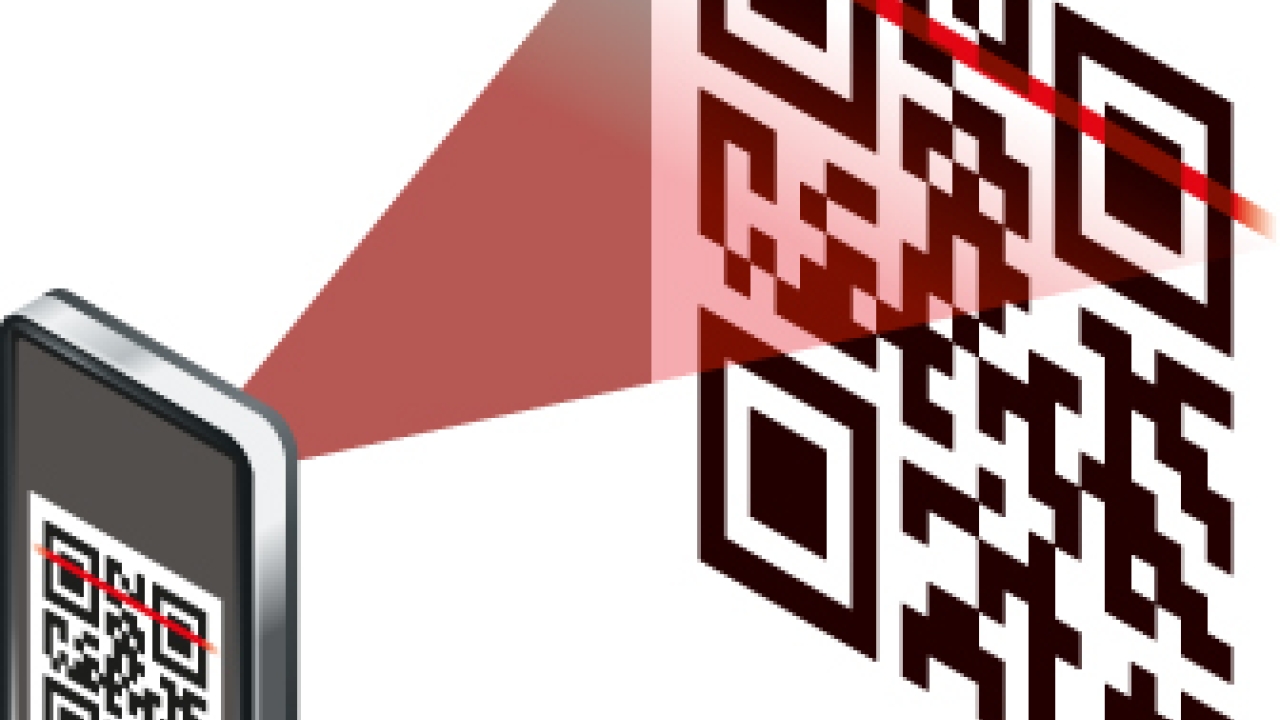Qreate

John Foley Jr, CEO of Interlink1 and GrowSocially, looks at profitable ways of incorporating QR codes into your client’s printing initiatives
In order to sell a QR code effort, you may first need to convince clients of the possible benefits it could offer them. Consumers look to the label to provide additional information such as nutritional listings, ingredients, and recipes. While you may be able to fit some of that information on the label, space is limited. Your client may not want to invest in an extended content booklet, or a peel and reveal label. When those situations arise, a QR code could be the perfect answer. It could easily direct the consumer to more information on their smartphone.
That leads us into another selling point for QR codes. The growing mobile audience means there’s a very good chance the majority of your potential consumers have a device that will allow them to engage with you via QR codes.
More value:
Building mobile websites
While a QR code can incorporate a large amount of data – up to 4,000 alpha-numeric characters – it doesn’t mean that it should. QR codes work best when they direct people to mobile-websites that provide additional relevant information.
This is where I think that printers have a tremendous opportunity to make money.
Marketers everywhere are hearing the buzz that mobile is hot. They need to create mobile-optimized online content as quickly as possible. And that is where they need a converter’s assistance. In addition to selling the QR code, conerters have the opportunity to sell them the mobile website that will provide consumers with more information about their product.
The mobile website can contain text, images, videos, links to social networking profiles, and more. It also could contain a form that allows consumers to request more information about the product, or simply sign up for the company’s newsletter.
Sales examples
Here are five value-added examples where you could offer QR codes and mobile websites to your clients:
Food
If the client’s product is a pasta sauce, the code could direct people to a site that lists recipes and food pairings. The site could also offer links to the client’s social networks, online storefront, and newsworthy stories.
Aftermarket auto performance
The QR code could direct people to a video of a car that had that part installed. When a consumer scanned the code at the parts store, they would immediately see how the part performs, read client reviews, or browse through technical specifications.
Aftermarket parts manufacturers could also utilize a QR code during the installation process, directing people to videos of installation tips.
Wine
This is a great opportunity for something that I call a ‘Shelf Talker’. This is a tag that would be slipped over the neck of the bottle. The tag would have a QR code printed on it that would direct the consumers to a mobile website. The winery could use the mobile website to tell the story of their winery/vineyard. It could contain text, pictures, and videos.
Not only can the ‘Shelf Talker’ create attention for the wine bottle, it also can connect the consumer directly with the folks behind the wine.
Coupons
In many cases a coupon label is an instant redeemable coupon (IRC) that the consumer can remove after purchase. Your clients more than likely have you print a 1D barcode that could be used at a point of purchase.
If a QR code was used in place of the 1D code, the consumer would be able to scan the code and be directed to a mobile website. There, they could make a purchase, redeem a rebate, sign up for a mailing list, or maybe even watch a video.
Reporting
Not only do QR codes enable converters to tell a client how many people are scanning them, they’re able to give them feedback on the general location of the scan and the date and time most scans are occurring. This is important because it lets your client know when and where their product is being reviewed and hopefully purchased.
Go to http://QReateAndTrack.com for more information on QR codes.
This article was published in L&L issue 3, 2012
Stay up to date
Subscribe to the free Label News newsletter and receive the latest content every week. We'll never share your email address.

